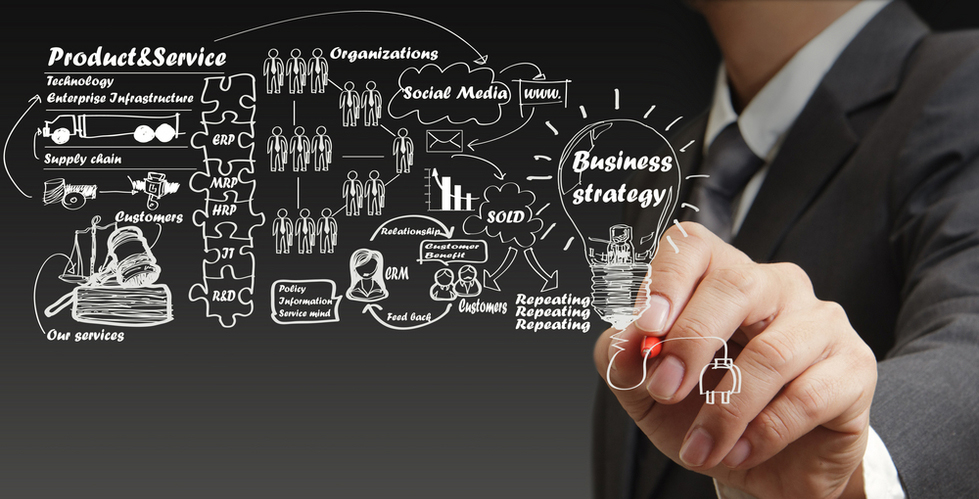- Understand who your customers are
The next step in building upon these customer experience principles is to bring to life the different type of customers who deal with your customer support teams. If your organization is going to really understand customer needs and wants, then they need to be able to connect and empathize with the situations that your customers face.
One way to do this is to create customer personas, and give each persona a name and personality. For example, John likes new technology and is tech savvy enough to follow a video tutorial whereas, Anne, needs to be able to follow clear instructions with a person.
By doing, your customer support team can recognize who they are and understand them better.
- Create an emotional connection with your customers
You’ve heard the phrase “it’s not what you say, it’s how you say it”, well the best customer experiences are achieved when a member of your team creates an emotional connection with a customer.
Research by the Journal of Consumer Research has found that more than 50% of an experience is based on an emotion, as emotions shape the attitudes that drive decisions.
Customers become loyal because they are emotionally attached and they remember how they felt when they last used a product or service.
- Capture customer feedback in real time
How can you tell if you are delivering a wow customer experience?
You need to ask – And ideally you do this by capturing feedback in real time. Post-interaction surveys can be delivered using a variety of automated tools through email and calls.
And of course, it’s even possible to make outbound calls to customers in order to gain more insightful feedback.
It’s important to tie customer feedback to a specific customer support agent, demonstrating to every team member the difference they are making to the business.
- Use a quality framework for development of your team
Using the steps above, you now know what customers think about the quality of your service (#4 capture customer feedback in real time) compared to the customer experience principles that have been defined (#1 Create a clear customer experience vision).
The next step is to identify the training needs for each individual member of your customer support team.
Many organizations assess the quality of phone and email communication, however, a quality framework takes this assessment one step further by scheduling and tracking your teams development through coaching, eLearning and group trainings.
- Act upon regular employee feedback
Most organizations have an annual survey process where they capture the overall feedback of your team; how engaged they are and the businesses ability to deliver an exceptional service.
What happens in the 11 months between these survey periods?
Usually, nothing happens. And this is where continuous employee feedback can play a role using tools that allow staff to share ideas on how to improve the customer experience and for managers to see how staff is feeling towards the business.
For example, using project management software of social media tools, you can create a closed environment where your organization can leave continuous feedback.
- Measure the ROI from delivering great customer experience
And finally, how do you know if all this investment in your teams, process and technology are working and paying off?
The answer is in the business results.
Measuring customer experience is one of the biggest challenges faced by organizations, which is why many companies use the “Net Promoter Score” or NPS, which collects valuable information by asking a single straightforward question:
“Would you recommend this company to a friend or relative?”
NPS is highly suitable benchmark for a customer experience metric because a lot of companies use it as the standard customer experience measurement. And the fact that it’s simple to implement and measure makes the NPS a favorite with company boards and executive committees.

